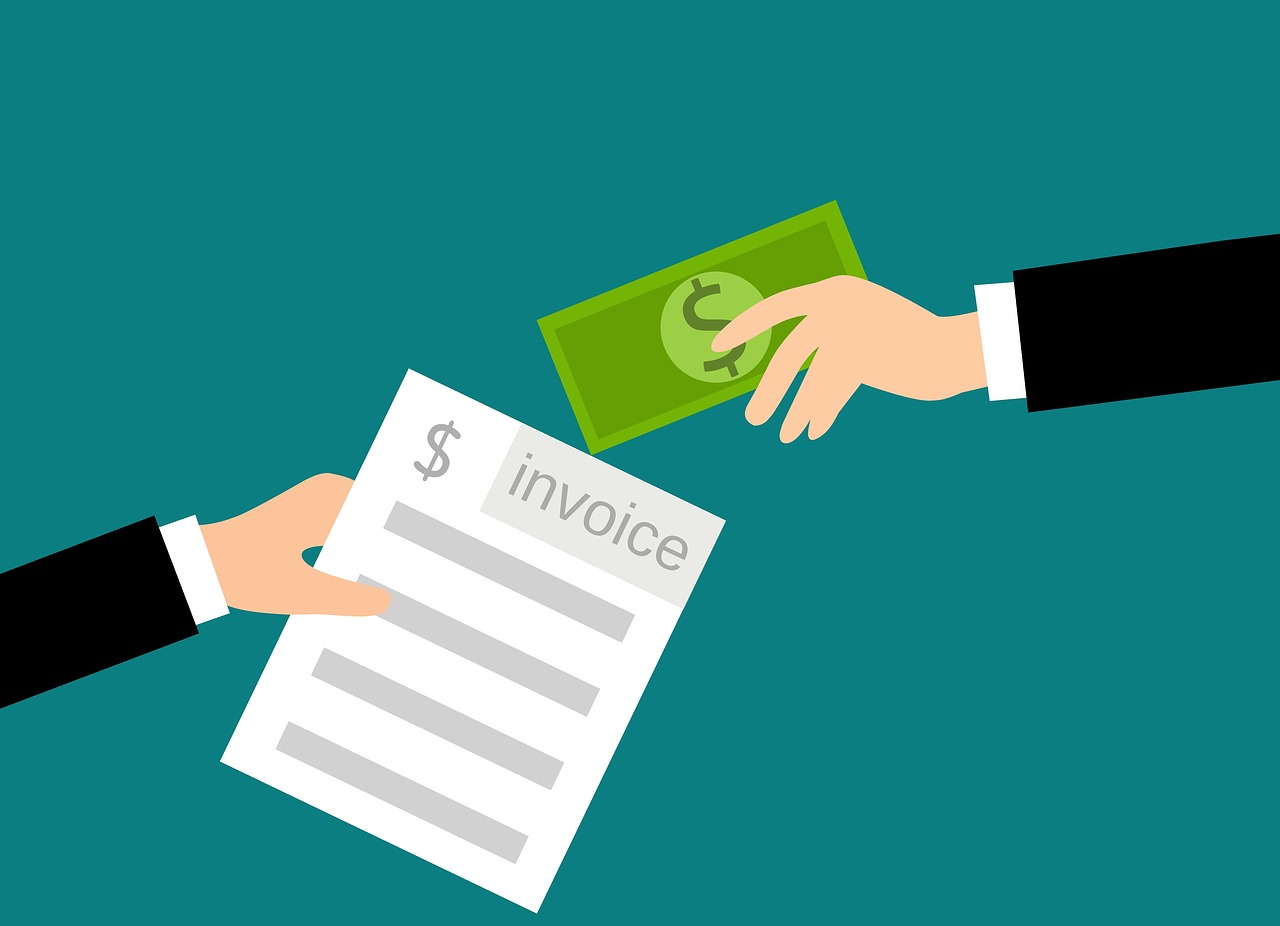
How to Apply a Discount to an Invoice
How to Apply a Discount to an Invoice A good discount is what your customer…

Before moving on to late invoicing techniques, let’s clarify how billing should occur in standard situations. When to issue an invoice? Typically, such documents are filled out and transferred to a recipient upon completion of the work. Until customers receive them, they won’t be able to complete the transaction. As a business owner, you have a direct interest in submitting all required forms as early as possible. Services like SaldoInvoice give freelancers and the self-employed tools to write bills on the go, so you don’t waste a minute.
An invoice received after year-end may affect clients’ cost accounting for the past period. It’s better not to delay sending the necessary documents. Despite the different bookkeeping software, you may forget to provide customers with the required documents. How far back can you invoice someone? There is one clear wording on this score, spelled out in the British Limitation Act 1980 (valid to this day). It says businesses have six years to track down debtors and unpaid bills.
That is, even if you forgot about invoicing for services or products you have already provided, you could still issue a payment document and demand compensation for your work. However, business communication standards recommend that you contact a client in such a situation, explain there was a mistake on your part, apologies for the inconvenience, and provide the necessary documents. After that, the customer should make payment within the designated invoicing period after receiving the completed papers.
| Invoice Date Rules | Information |
|---|---|
| When to issue an invoice | Typically, upon completion of work. Until customers receive it, they can't pay. |
| Late invoicing may affect cost | An invoice received after year-end may affect clients' cost accounting. |
| How far back can you invoice | Businesses have six years to track down debtors and unpaid bills. |
| Outstanding invoice | An invoice is considered outstanding if payment isn't received on time. |
| Late payment reminder | Consider contacting the client and issuing a reminder for late payment. |
| Monitoring receipt of funds | Keep track of payments and follow up on outstanding invoices. |
| Chasing invoices if payment delay | Don't let the situation go without contact and avoid ignoring debtors. |

Business owners who are service providers should determine the invoice time limit and specify it in contracts and bills. The period directly depends on the industry, work features, agreements with a specific client, and much more. Deadlines are indicated by the phrase “Net 10, 20, 90, etc.” The numbers indicate the period after the issuance of an invoice, during which money should be sent to your account. If a document does not include a date for some reason, customers should pay within 30 days of the form receipt. However, if a customer fails to make the payment within the specified time, the invoice is considered a late invoice, and the business owner should take appropriate actions to follow up on the outstanding payment.
How long does a business have to bill you? For six years, entrepreneurs can chase and remind debtors to pay. At the same time, business owners are interested in receiving money as quickly as possible, so they offer customers discounts for early payments. For example, when filling out a freelancers invoice template, next to the “Net 30” deadline, service providers can enter “3/10”, which will mean a 3% discount when paying an invoice in the first ten days.

Under the UK Act mentioned above, you can chase debtors for six years. It’s essential that you don’t just sit waiting for payment but repeatedly try to contact clients and remind them of paying invoices on time and the presence of debt. All such messages and letters work in your favor in litigation.
Moreover, it’s recommended not to delay with reminders but to notify customers about upcoming deadlines gently. You can re-remind about the debt in a couple of days, a week, and two weeks after the deadlines. You can also set a late payment fee for any invoice not paid after 30 days. Such a move will motivate customers to deposit the agreed sums into your account on time
By the way, it may turn out that old invoices do have pay in the process of proceedings. You probably missed receiving a payment from a client. In this case, it’s enough for them to provide a check or other paper confirming the transaction. After finding the specified amount in your bank account, you need to mark the bill as paid and apologize to the customer for the inconvenience caused.
Besides, debtors don’t always run away from contact with you and don’t pay because of fraudulent purposes. They may have objective difficulties with finances or accounting. If, after clarifying the details, you’re ready to meet them, you can issue a retrospective invoice. Both parties can revise any terms and agree on new conditions and amounts. Documents such as backdating invoices are legal if both businesses and clients agree.
If, after six years, neither party has recognized the debt, it’s simply written off. That is, you’re left unpaid for tasks already completed, so it’s better not to allow it. In most cases, businesses agree to write off unpaid invoices if their amount is less than or equal to the collection and litigation process costs.

Properly completed templates for a business invoice are payment requirements. They should be transferred to recipients as soon as possible, right after completing work on orders. Experts recommend that you also include an accompanying letter in which you politely ask clients to pay on time. Such a small detail increases the likelihood of timely receipt of compensation.
The text of a letter should contain brief information regarding the payment document, deadlines, and amounts due, as well as a request to contact you for assistance or advice if they have any questions. You can use a standard template or issue a retrospective or back-dated invoice by agreement with a client. Such alternatives are legal if agreed to by both parties and don’t involve fraud or tax evasion.
When submitting documents, make sure you put the exact date by which you expect funds to be received. Forgetting about it’s one of the most widespread mistakes. Even if you had a specific agreement, repeat the terms in a new document to remind customers of them. Otherwise, you risk running into unpaid bills. For more information on working with such papers, read our article “What Is a Past Due Invoice?” Here we will only briefly say you can move on to a more decisive unpaid invoices legal action and go to court after a few reminders in soft and strict form.


How to Apply a Discount to an Invoice A good discount is what your customer…

How to Add Taxable and Non-Taxable Items on One Invoice Invoicing is never as straightforward…

3 Reasons to Use Paperless Invoices It is 2024 out there, and machines have already…